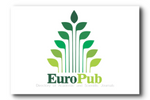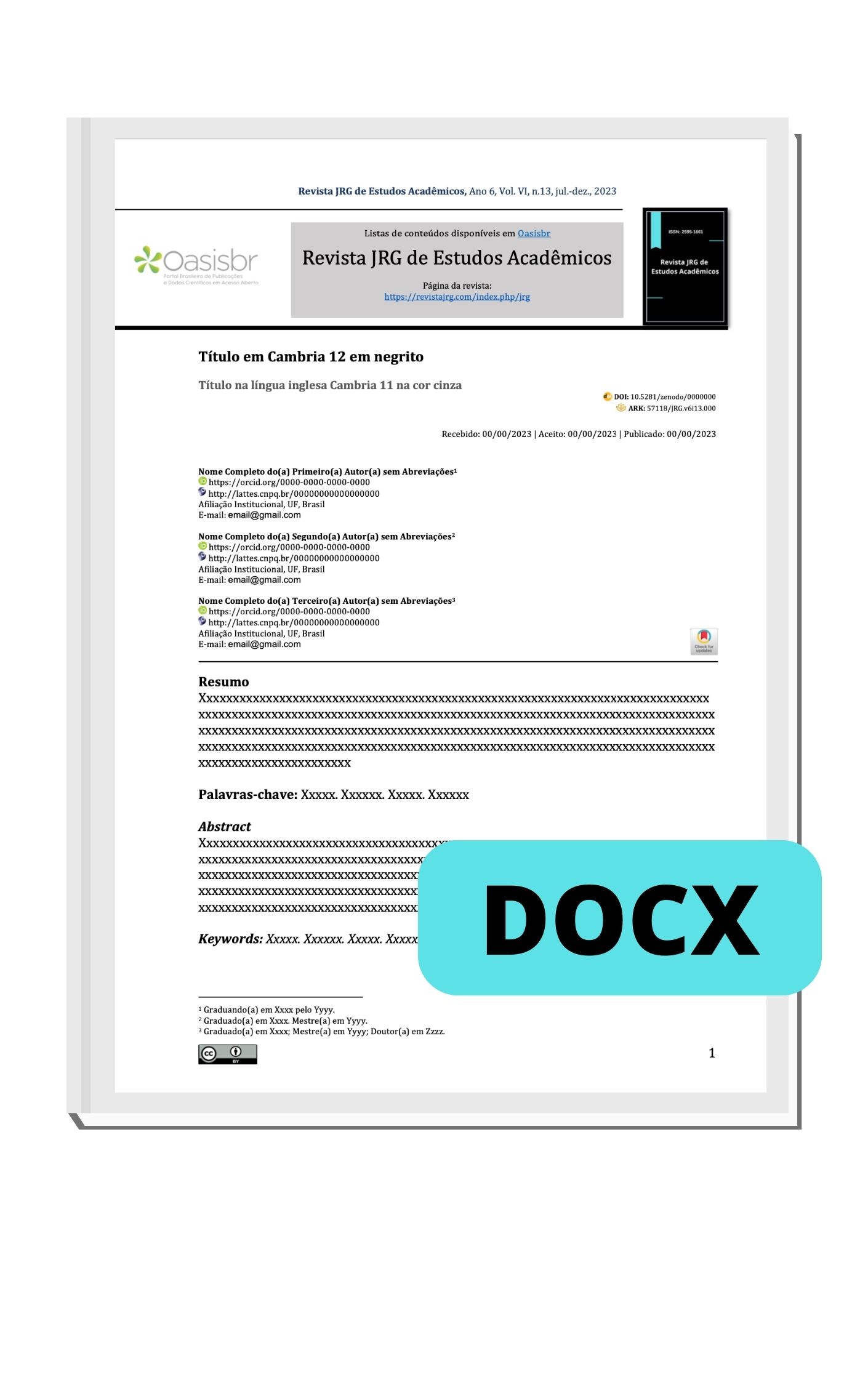High consumption of ultra-processed foods among children and young people in the United States: challenges and solutions
DOI:
https://doi.org/10.55892/jrg.v8i18.2262Palabras clave:
Ultraprocessados, Crianças, Jovens, SaúdeResumen
El consumo de alimentos ultraprocesados (AUP) entre niños y adolescentes en los Estados Unidos se ha convertido en una preocupación crítica de salud pública. Estos productos altamente industrializados representan más del 60% de la ingesta calórica diaria en este grupo de edad, y están asociados con una serie de enfermedades crónicas como obesidad, diabetes tipo 2 e hipertensión. El aumento expresivo en la disponibilidad, conveniencia y atractivo publicitario de estos alimentos ha contribuido a hábitos alimenticios poco saludables, especialmente entre poblaciones de bajos ingresos y con menor escolaridad. Este artículo es una revisión narrativa de la literatura y discute los principales desafíos relacionados con el alto consumo de (AUP) por jóvenes estadounidenses, destacando factores sociales, económicos, culturales y ambientales. Además, explora los impactos nutricionales, psicológicos y metabólicos derivados de la ingesta frecuente de estos productos. Se presentan estrategias y políticas públicas para mitigar el problema, incluyendo programas escolares, regulación de la publicidad infantil, intervenciones comunitarias y reformas en el etiquetado nutricional. La responsabilidad compartida entre familias, escuelas, industria alimentaria y gobiernos se enfatiza como fundamental para la construcción de ambientes alimentarios más saludables. Por último, se propone un enfoque sistémico e intersectorial para reducir el consumo de (AUP) y promover la salud integral de niños y adolescentes.
Descargas
Citas
BURKART, S. et al. Impact of the COVID-19 pandemic on elementary schoolers’ physical activity, sleep, screen time and diet: A quasi-experimental interrupted time series study. [s.l: s.n.]. v. 17
DAUENHAUER, B.; KULINNA, P.; MARTTINEN, R.; STELLINO, M. B. Before-and after-school physical activity: Programs and best practices. Journal of Physical Education, Recreation & Dance, 93(5), 20-26. 2022.
FALCÃO, R. et al. Processed and ultra-processed foods are associated with high prevalence of inadequate selenium intake and low prevalence of vitamin B1 and zinc inadequacy in adolescents from public schools in an urban area of northeastern Brazil. PLoS ONE, v. 14, n. 12, p. 1–18, 2019.
LOUZADA, M. L. C et al. Impact of the consumption of ultra-processed foods on children, adolescents and adults’ health: scope review. Cadernos de Saude Publica, v. 37, p. 1–47, 2021.
GARTNER, L. Food Advertising Policy in the United States. Cornell University, 2007.
GALASTRI, L. B.; MARTINEZ STEELE, E.; SILVA CANELLA, D.; MONTEIRO, A.C. Consumption of ultra-processed foods and associated sociodemographic factors in the USA between 2007 and 2012: evidence from a nationally representative cross-sectional study, 2018.
HASSEN, T. B.; EL BILALI, H.; ALLAHYARI, M. S.; BERJAN, S.; FOTINA, O. Food purchase and eating behavior during the COVID-19 pandemic: A cross-sectional survey of Russian adults. Appetite. 2021.
JHA, M. K.; FATT, C. R. C.; MINHAJUDDIN, A.; MAYES, T. L.; BERRY, J. D.; TRIVEDI, M. H. Accelerated brain aging in individuals with diabetes: association with poor glycemic control and increased all-cause mortality. Psycho neuro endocrinology, 145, 105921. 2022.
LIU, J. et al. Consumption of Ultraprocessed Foods and Diet Quality Among U.S. Children and Adults. American Journal of Preventive Medicine, v. 62, n. 2, p. 252–264, 2022.
LIVINGSTON, A. S. et al. Effect of reducing ultraprocessed food consumption on obesity among US children and adolescents aged 7-18 years: Evidence from a simulation model. BMJ Nutrition, Prevention and Health, v. 4, n. 2, p. 397–404, 2021.
MATOS, R. A.; ADAMS, M.; SABATÉ, J. Review: The Consumption of Ultra-Processed Foods and Non-communicable Diseases in Latin America. Frontiers in Nutrition, v. 8, n. March, p. 1–10, 2021.
McCLEMENTS, D. J. (2024). Designing healthier and more sustainable ultraprocessed foods. Comprehensive Reviews in Food Science and Food Safety, 23(2), e13331.
MESCOLOTO, S. B.; PONGILUPPI, G.; DOMENE, S. M. Á. Ultra-processed food consumption and children and adolescents’ health. Jornal de Pediatria, v. 100, p. S18–S30, 2024.
NG, M. et al. National-level and state-level prevalence of overweight and obesity among children, adolescents, and adults in the USA, 1990–2021, and forecasts up to 2050. The Lancet, v. 404, 2024.
PAGLIAI, G. et al. Consumption of ultra-processed foods and health status: A systematic review and meta-Analysis. British Journal of Nutrition, v. 125, n. 3, p. 308–318, 2021.
PEREIRA, A. M. et al. Ultra-processed food consumption by children from a Pelotas Birth Cohort. Revista de saude publica, v. 56, p. 79, 2022.
PEREYRA‐GONZÁLEZ, I.; MATTEI, J. Combined intake of sugar‐sweetened beverages and sugar‐containing ultra‐processed foods is associated with an increase in body mass index during early. Pediatric Obesity, 2023.
SILVA, J. B. et al. Factors associated with the consumption of ultra-processed food by Brazilian adolescents: National Survey of School Health, 2015. Revista Paulista de Pediatria, v. 40, 2022.
VEDOVATO, G. M. et al. Ultra-processed food consumption, appetitive traits and BMI in children: A prospective study. British Journal of Nutrition, v. 125, n. 12, p. 1427–1436, 2021.
VERNARELLI, J.; RUBENSTEIN, V. Ultraprocessed Food Consumption, Diet Patterns, and Perception of Diet Quality and Body Weight in the US. Current Developments in Nutrition, v. 6, p. 409, 2022.











































